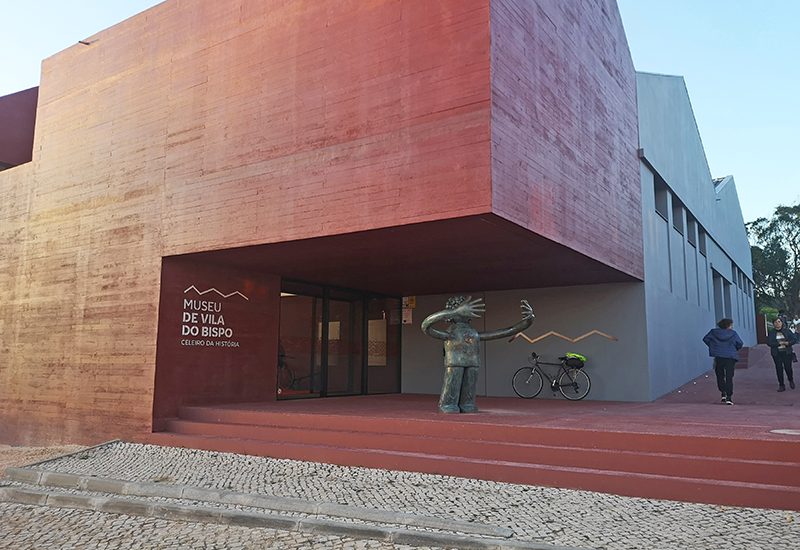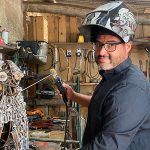Vila do Bispo’s Museum O Celeiro da História grand opening
On 21 January, the long-awaited opening of this historic public facility took place at the regional capital of Vila do Bispo. A large crowd assembled for an introduction by Senhor Ricardo Soares, who thanked many in the audience for their contributions. A special thanks went to Teresa Paulina who created a unique sculpture, Abraço, depicting a welcoming figure with open arms, which stands at the front entrance.
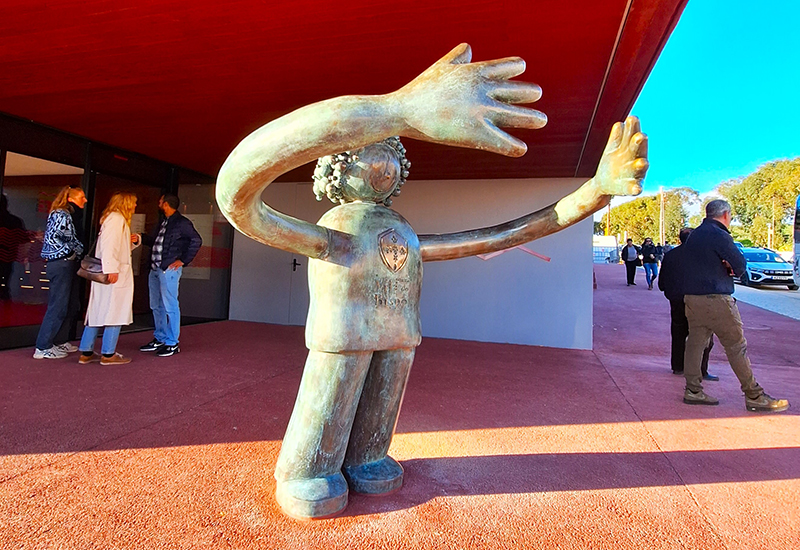
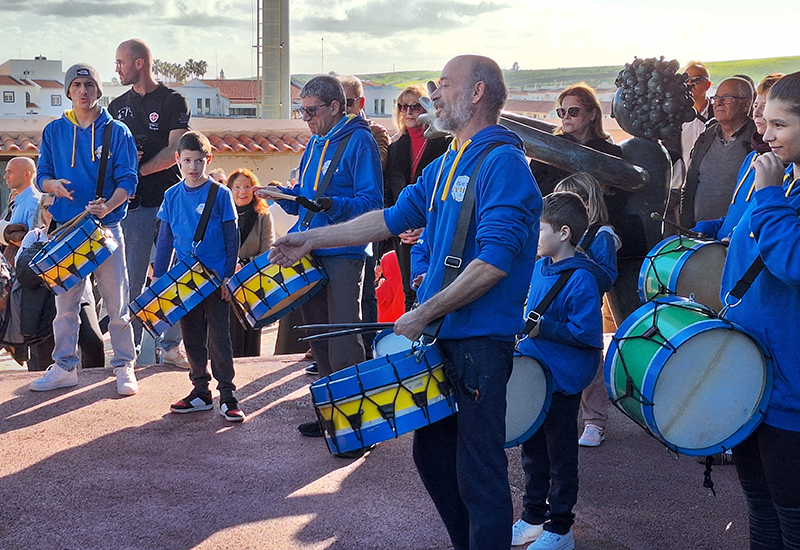
A band of drummers from Messines called the Clube da Batucada Club da Casa do Povo heralded the grand opening. The band uses traditional Portuguese drums with the aim of providing fun and a form of social integration; they didn’t disappoint. The crowd loved it. The band often performs at various cultural events and community projects, with band members of all ages. Towards the end of the show, audience members were invited to try their hand – to much hilarity.
When the doors were finally opened, there was a bit of a crush. Many of the spectators had provided exhibits so there was a lot of enthusiasm to see the displays. The ambience was warm and inviting; the atrium at the entrance housed an interesting shop with copies of artefacts, models and books.
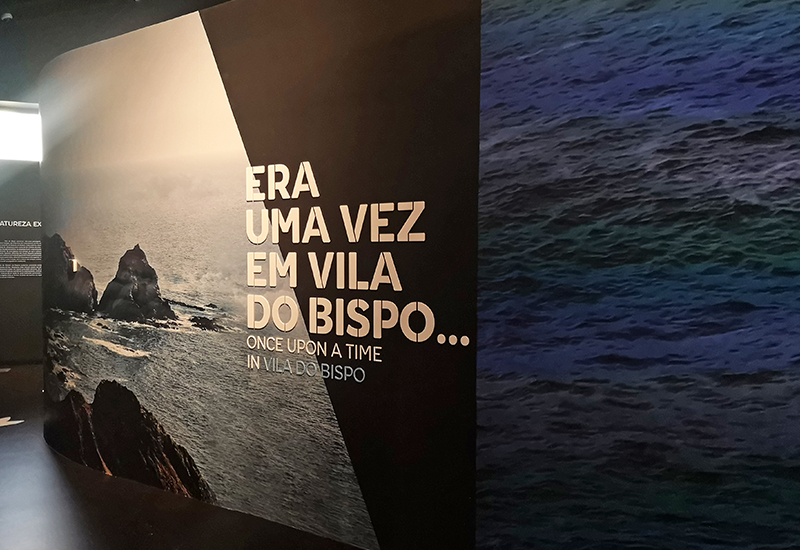
The exhibits were in chronological order, with an opening announcement saying ‘Once Upon a Time in Vila do Bispo’. A large screen showed a video of dinosaurs prowling the land. Dinosaur footprints have been found on Salema beach and bone fragments from Neanderthal man are on display.
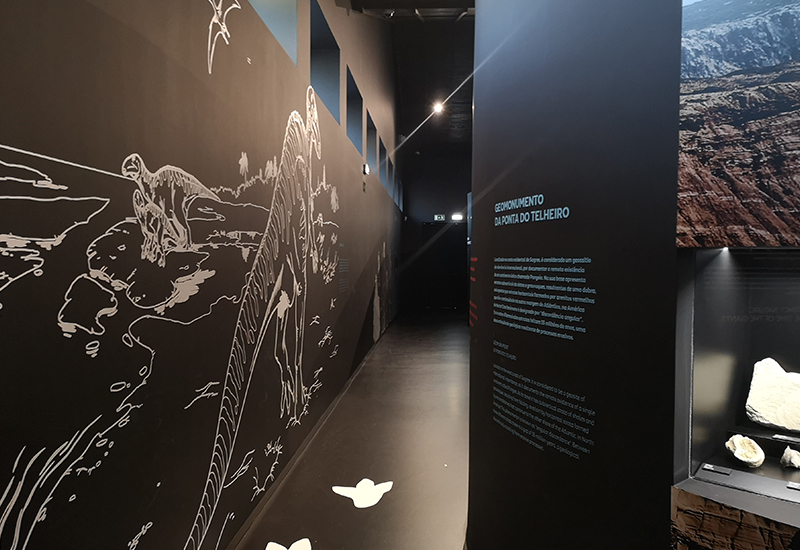
There’s a display called ‘End of the World’ exhibiting hunters and shellfish gatherers. You will also learn that Portugal has the greatest concentration of menhirs or ‘stone icebergs’ in the Iberian peninsula and the oldest in Western Europe. The Copper and Bronze Ages are also described in detail.
One of the most fascinating exhibits is a tiled Roman floor discovered in a Roman ruin from Boca do Rio. It has been faithfully restored and is a prize exhibit in the museum.
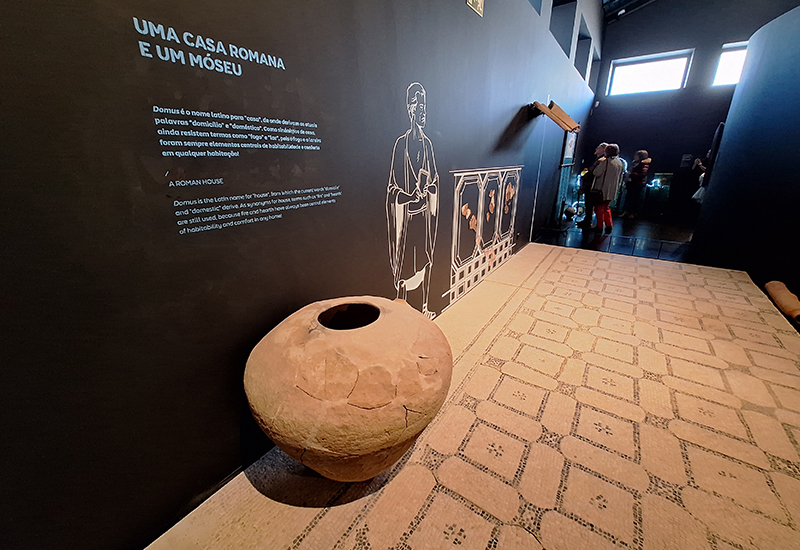
Maritime history has always been at the forefront of Portuguese life. The great maritime discoveries and adventures are described elsewhere, but Portugal’s southern coast leading to the Straits of Gibraltar has seen a lot of activity in European wars of the 17th, 18th and 19th centuries. The strategic Battle of Lagos is described in detail and the activities of corsairs and pirates, who were the reason for several forts to be built.
Many think of the 1755 earthquake as an event that affected only the Lisbon area, but in fact, Vila do Bispo was so badly hit that only one house was left standing and a huge tsunami resulted.
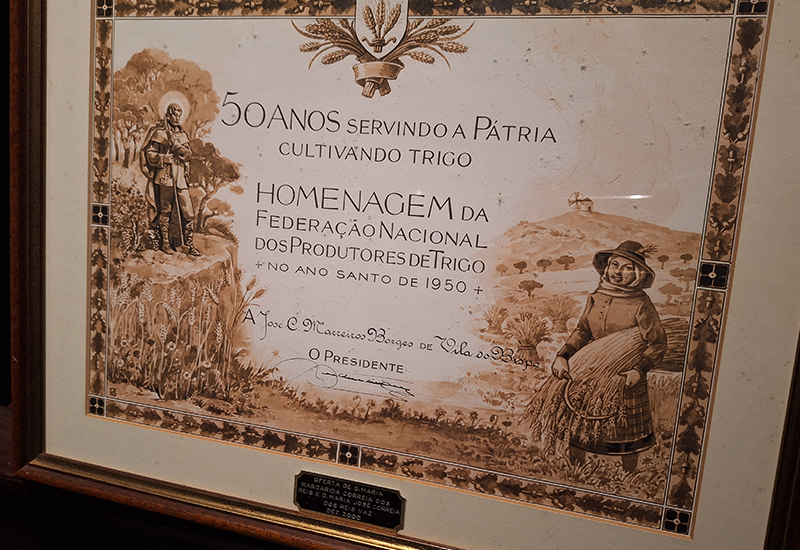
From the Granary of Wheat to the Granary of History
Vila do Bispo was known as the Granary of the Algarve as a result of the Wheat Campaign, launched in 1929 to combat dependence on cereal imports. Many families migrated to Vila do Bispo to work the land. The memory of this past can still be found in the remains of threshing floors, mills and windmills.
The museum building was constructed in the mid-1950s, but in the 1970s and 80s, there was a gradual disinvestment in national agricultural activity and the granary fell into disuse and was only used for public meetings and events. In 1997, the building was transformed into a municipal warehouse.
Now, after almost six years, this storied building has become the pride of Vila do Bispo. Thanks to the tireless work of Senhor Ricardo Soares and his team, this wonderful exhibition is open to the public with free guided tours, proving that Vila do Bispo has a rich and varied history.
The municipality of Vila do Bispo encompasses the south coast of Portugal from Burgau to Sagres, including Praia da Murração and Barão de São Miguel.
+351 927 193 677
